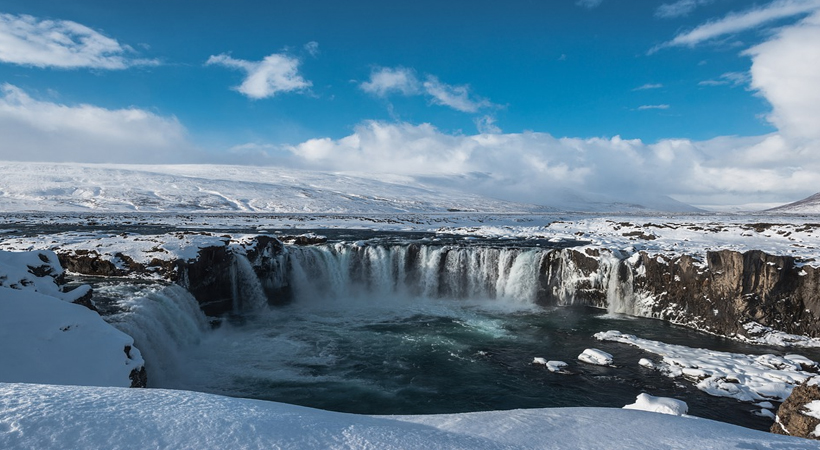Gullfoss waterfalls, Blue Lagoon, Geysir hot springs – Iceland greets travellers again

Foreigners returned to Iceland this week, after a hiatus imposed by the Covid-19 outbreak, in a welcome sign for an island nation whose economy is reliant on tourism.
The visitors receive free coronavirus tests directly upon arrival. “We are very pleased with how well it has gone so far,” Jonlaug Heimisdottir, the health official who is overseeing the programme, told Bloomberg in a telephone interview.
If the test is negative, visitors are free to enjoy Iceland with no restrictions. As of this coming weekend, they could head straight from the airport to the steaming waters of the Blue Lagoon, just a few miles down the road.
Iceland’s screening and contact tracing system has been so efficient that it can boast one of the lowest virus death rates in the world: three per 100,000 people compared to 440 per 100,000 in the UK.
The bars and restaurants are full in Iceland now. Spectacular geological attractions are wide open to tourists. Anyone visiting Iceland right now could be forgiven for thinking they’ve arrived in a parallel universe where the coronavirus never happened, says a CNN report. For people arriving from countries still under lockdown, the sheer normality of eating lunch in a bustling Reykjavik cafe is almost as thrilling as peering over the thundering abyss of Iceland’s mighty Gullfoss waterfall.
There’s an added bonus for anyone who does make the trip here at the moment. Usually crowded with travellers at this time of year, the country is empty. Visitors will more or less have attractions like Gullfoss or the explosive hot springs of Geysir to themselves, CNN notes.
From July 1, when Iceland opens up to countries beyond Europe’s Schengen Zone, visitors will have to pay $114 for this process. Results come by text message several hours later. If positive, visitors must enter quarantine for 14 days regardless of any plans they might have for their visit. There’s also the option of forgoing the test and going straight to quarantine.
What makes that even more notable is that they started off with one of the highest infection rates in Europe — 513 cases per 100,000 compared to 450 per 100,000 in the UK. Kári Stefánsson, CEO of deCODE, the private lab in Reykjavik that handles all of Iceland’s testing, tells CNN that part of this success is down to efforts to identify regional accents displayed by mutations of the virus arriving from different parts of the world.
With the virus under control, the government is stepping up again, to help restart the economy, particularly the hard-hit tourism sector. That’s why it’s so keen to reopen its borders, despite the risk of arrivals bringing in fresh infection.
“I am obviously worried about a second wave, but in Iceland we are faced with very high unemployment rates right now,” Prime Minister Jakobsdóttir tells CNN. “We are not very used to high unemployment rates, so our guideline now in the government will be how to lower that number and to have more people working again.”



